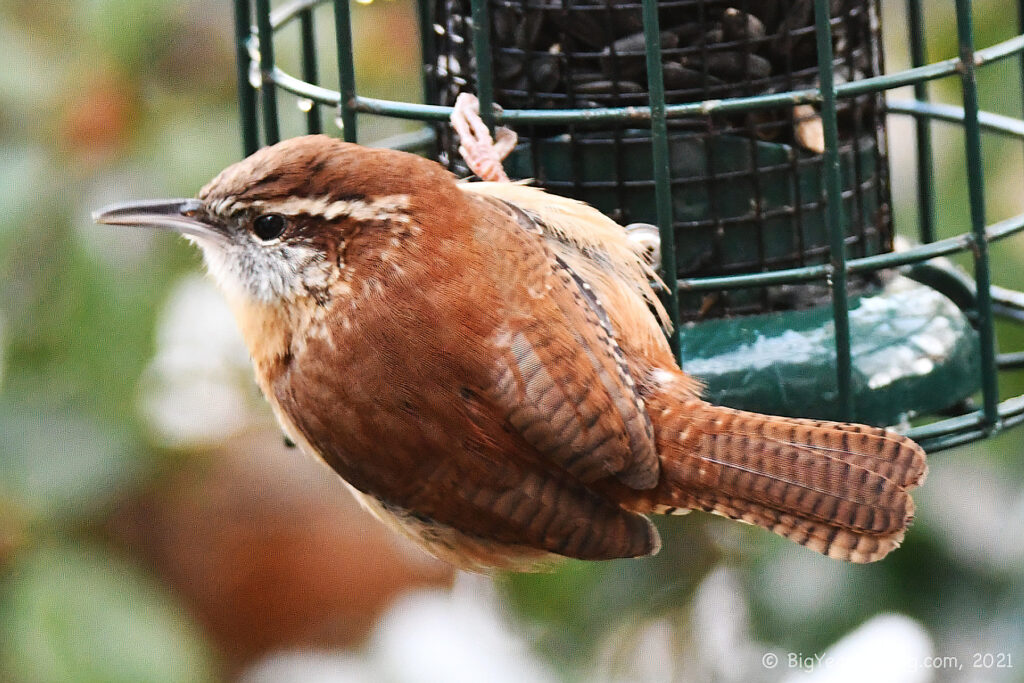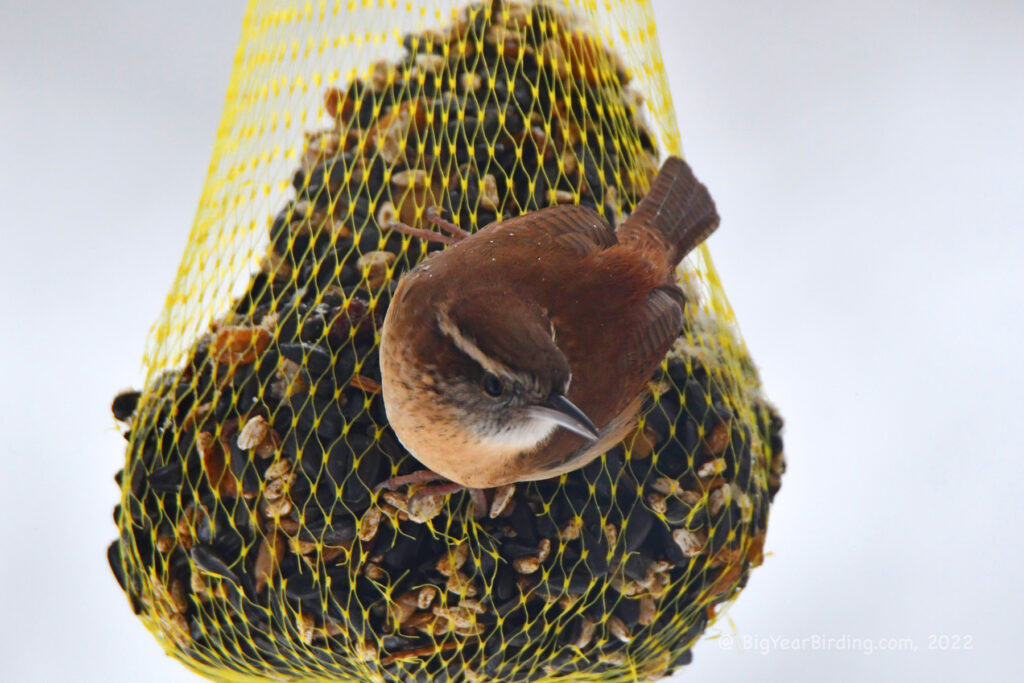
The Carolina Wren is a small bird species found in the southeastern region of the United States and into Mexico and Central America. It is known for its distinctive brown and white striped plumage, and it’s lively and energetic personality.
The Carolina Wren is found in a variety of habitats including swamps, woodlands, and even urban areas. They are opportunistic feeders and will eat a variety of food items including insects, seeds, and fruit. They are also known for their loud and persistent singing, which is often described as a jumbled mixture of trills, whirrs, and chirps. The Carolina Wren’s cheerful and bold personality has made it a beloved part of the American bird community.
In terms of breeding behavior, the Carolina Wren is known for its elaborate courtship display. Males will perform a series of calls and songs to attract a female, and once paired, the couple will work together to build a nest. Nests are usually made from twigs, leaves, and other materials and are often built in hidden locations such as holes in trees or within the walls of buildings.

One unique aspect of the Carolina Wren’s biology is its ability to survive in areas with cold winters. This is achieved through a combination of adaptations such as fluffing up its feathers to insulate its body, and roosting in large groups to conserve heat. Despite these adaptations, the Carolina Wren population can suffer from harsh winters, and birdwatchers are encouraged to provide food and shelter for these birds during the colder months.
Overall, the Carolina Wren is a lively and energetic bird that is well-loved by bird enthusiasts and pet owners alike. Its distinctive appearance and persistent singing make it a unique and recognizable part of the American bird community. By providing food and shelter during the colder months, we can help ensure the survival of this species for generations to come.

